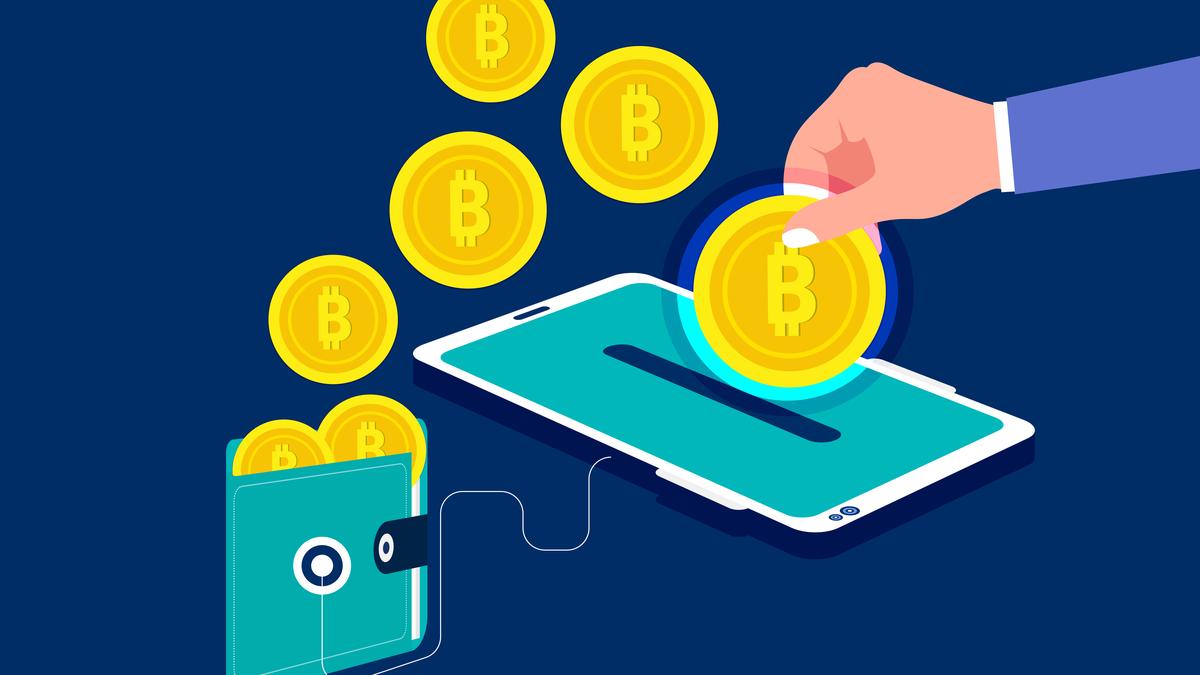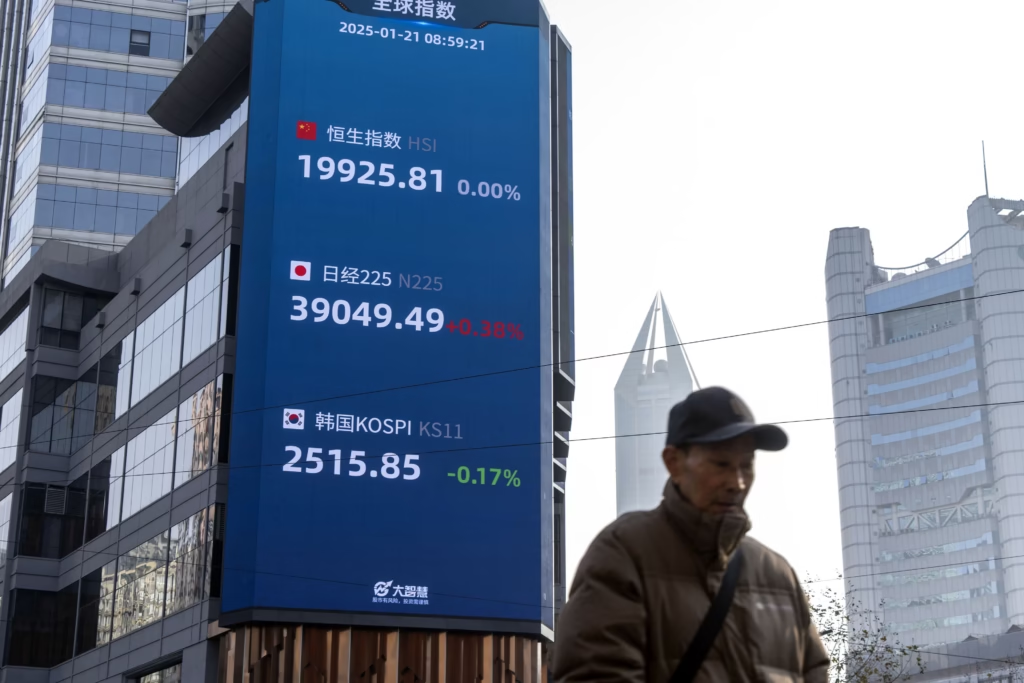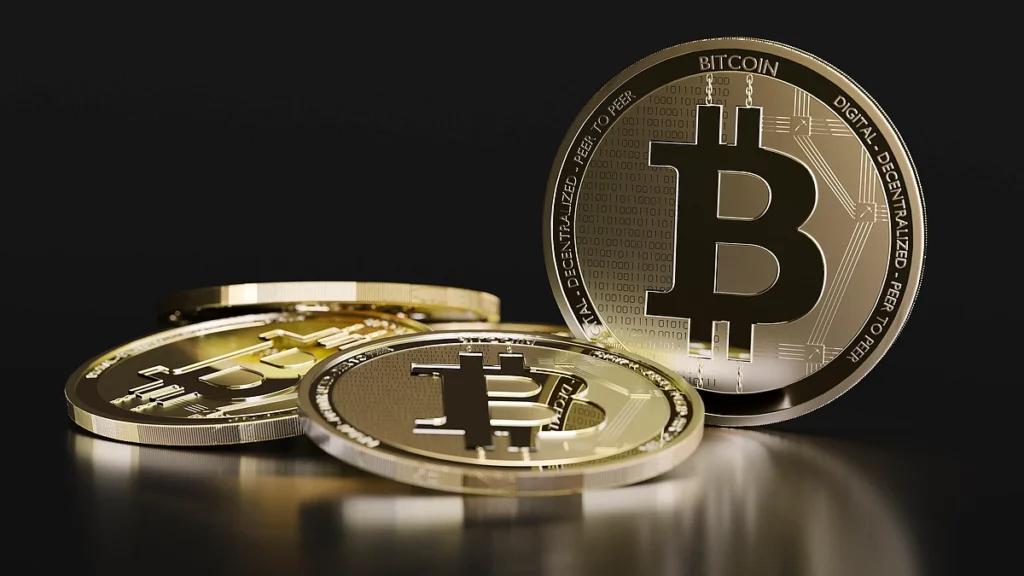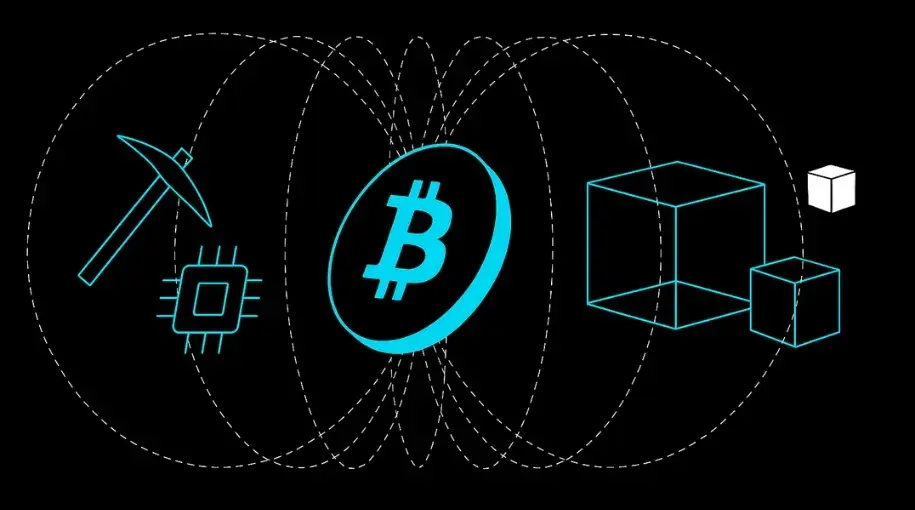Now Reading: Crypto Safety in Focus: Why Education and Awareness Matter More Than Ever
-
01
Crypto Safety in Focus: Why Education and Awareness Matter More Than Ever
Crypto Safety in Focus: Why Education and Awareness Matter More Than Ever

As cryptocurrency use spreads across India, especially in smaller cities, a new challenge is emerging—keeping investors safe from scams and hacks. Over the past year, several incidents have shown how lack of awareness can turn excitement into loss. From phishing links to fake trading platforms, the message is clear: education is the real currency of safety in the crypto world.
Many new investors in Tier 2 and Tier 3 cities enter the crypto space with enthusiasm but little understanding of how it works. The promise of quick profits often overshadows the need for caution. Scammers exploit this by creating fake apps, social media groups, or influencer-backed schemes that look convincing. One click on a wrong link can drain an entire wallet, and once the money is gone, there’s usually no way to recover it.
The issue isn’t just about fraud—it’s about digital literacy. Crypto transactions happen on decentralized platforms, meaning there’s no central authority to fix mistakes. Knowing how to verify wallet addresses, use two-factor authentication, and recognize legitimate exchanges can make a big difference. Yet, many users skip these basics, trusting anyone who offers “sure-shot returns.”
Education is slowly catching up. Crypto exchanges and community groups are now investing in awareness campaigns. They’re teaching users how to store assets safely, avoid suspicious links, and double-check sources before investing. YouTube channels, local workshops, and social media explainers are helping bridge the knowledge gap, particularly in non-metro areas where formal financial training is rare.
Recent hacks have also made experienced investors more alert. Many now use hardware wallets instead of keeping funds online. Others prefer trusted Indian exchanges that follow strict KYC norms. This growing maturity within the community shows that awareness is beginning to work—but it needs to reach deeper into smaller towns, where first-time users are most vulnerable.
The government’s push for digital literacy indirectly supports this effort too. As more citizens become comfortable with online payments and financial apps, they also learn to question suspicious platforms. This cultural shift—where people think before they click—could become India’s strongest defense against crypto-related crime.
In the end, the lesson is simple. Crypto safety isn’t just about strong passwords or new laws; it’s about informed people. Investors who understand what they’re dealing with are far less likely to fall for scams. As crypto continues to grow, India’s real progress won’t be measured by the number of new users, but by how well those users can protect themselves in the digital finance world.

























